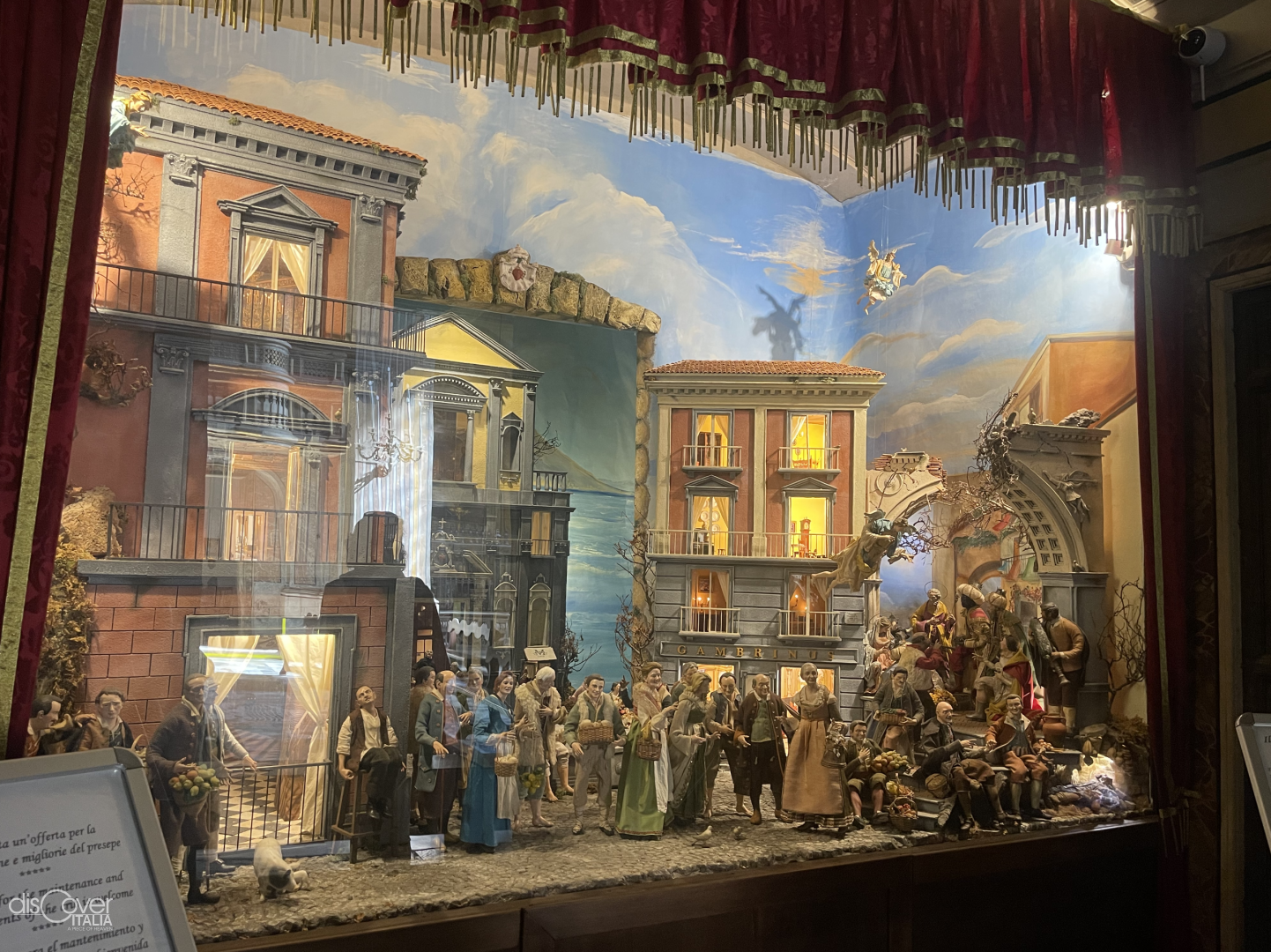Just fourteen years after his canonization, it was supposed to be the homage of the Neapolitan Jesuits to Saint Francis Xavier, missionary of the Society of Jesus in the East and great friend of the founder Saint Ignatius of Loyola.
 It was February 2, 1636, Candlemas Day, when the first stone of the sacred building was laid, not far from the externally completed building of the new great royal palace, residence of the Spanish viceroys. The initial project was signed by the architect Giovanni Giacomo Di Conforto, who had already linked his name to the construction, in whole or in part, of some of the most important city churches of the time, as well as having directed the works of the Certosa of San Martino. But also in the case of the new Jesuit church, as had happened previously, it was the great Cosimo Fanzago, who completed the work.
It was February 2, 1636, Candlemas Day, when the first stone of the sacred building was laid, not far from the externally completed building of the new great royal palace, residence of the Spanish viceroys. The initial project was signed by the architect Giovanni Giacomo Di Conforto, who had already linked his name to the construction, in whole or in part, of some of the most important city churches of the time, as well as having directed the works of the Certosa of San Martino. But also in the case of the new Jesuit church, as had happened previously, it was the great Cosimo Fanzago, who completed the work.
Among the latter's contributions was the design of the lower register of the façade, made of piperno and marble. Originally, in front of the entrance to the church there was a gate supported by piperno pillars, the design of which has been attributed to Francesco Antonio Picchiatti, another famous architect of the time, involved in the works inside the new royal palace and specialized in the construction of sacred buildings. The gate was removed during the renovation at the end of the 19th century, when the façade was incorporated into the structure of the Gallery. The lateral vaults and the Fanzago balustrade were also eliminated and a classic tympanum designed by Conforto was inserted. Much later, completed between 1738 and 1759, was the second register of the façade, simpler and more linear. The church was completed in 1665, also thanks to the funds made available by the powerful vice-queen Caterina de la Cerda y Sandoval.
The Latin cross church has a single nave, with three chapels on each side, two larger chapels on the sides of the transept, a deep apse and a dome, which develops at the cross.
Of great impact for the decorations and paintings that embellish every part of the interior, the church offers an extraordinary view, also thanks to the fresco on the vault, the work of Paolo De Matteis, which depicts the triumph of religion over heresy with Saint Francis Xavier, Saint Ignatius of Loyola, Saint Francis Borgio and the three Japanese martyrs. There are also other paintings by De Matteis kept in the church.
On the main altar there was initially a canvas dedicated to St. Francis Xavier painted by Salvator Rosa, who had not found the consent of the commissioning fathers, who had replaced it with a St. Francis Xavier baptizing the inhabitants of India by Cesare Francanzano; later, Luca Giordano added the figure of Saint Ignatius of Loyola who gives thanks to the Eternal Father. That work is currently at the Capodimonte Museum.
Of note are the statues of David and Moses by Domenico Antonio Vaccaro on the sides of the main altar. On the altar of the right transept there are four Angels with the signs of Saint Francis Xavier, created by Giuseppe Sanmartino between 1760 and 1765, while the four Angels with the symbols of the Immaculate Conception placed in the left transept are by Domenico Antonio Vaccaro.
When the Society of Jesus was suppressed and expelled from the Kingdom of Naples in 1767, the Neapolitan church became part of the Bourbon heritage. Later, the property was transferred to the Constantinian Knights, who decided to honor King Ferdinand IV by dedicating the church to Saint Ferdinand III of Aragon. The canvas by Federico Maldarelli depicting San Ferdinando was then placed on the main altar.
Taken from the Knights at the beginning of the French period, starting from 1827, the church passed to the Royal Archconfraternity of Our Lady of the Seven Sorrows of which the Bourbon kings were members and, after the unification of Italy, the Savoy sovereigns.
In San Ferdinando, also known as the Church of the Artists, the funerals of some of the most famous artists and men of culture in the city of Partenope have been celebrated in recent decades.





Comments powered by CComment